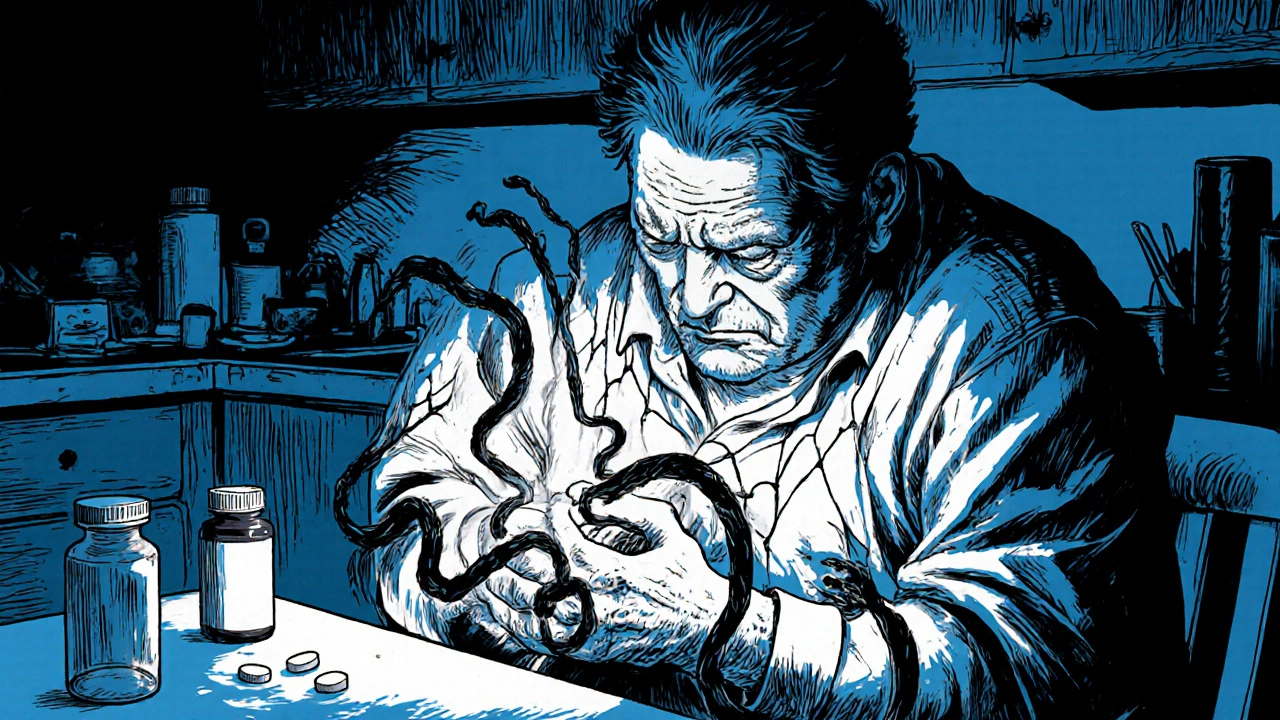Atorvastatin Dosing: What You Need to Know
When dealing with atorvastatin dosing, the process of choosing the correct daily amount of this cholesterol‑lowering pill. Also known as Lipitor, atorvastatin belongs to the statins, a class of medicines that lower LDL cholesterol, the "bad" cholesterol linked to heart disease. Because the right dose depends on your current cholesterol levels, cardiovascular risk, age, and other meds you take, understanding the basics can prevent under‑ or over‑treatment.
Key Factors That Influence the Dose
First, doctors look at your baseline cholesterol, especially the LDL number. Higher LDL or a history of heart attacks usually means a larger dose, often starting at 20 mg and titrating up to 80 mg. Second, your overall risk profile matters: diabetes, hypertension, or a family history of early heart disease push the dose higher. Third, drug interactions can force a lower dose; for example, certain antibiotics or grapefruit juice raise atorvastatin levels, increasing the chance of muscle pain.
Age and liver function are also part of the equation. Older adults often start at 10 mg because their bodies process the drug slower. If liver enzymes are elevated, doctors may keep the dose modest to avoid toxicity. Finally, lifestyle changes—diet, exercise, weight loss—can lower the needed dose. Many patients drop from 40 mg to 20 mg after a few months of healthier habits, keeping LDL in the target range without extra medication.
When you pick up your prescription, you’ll see a specific strength printed on the bottle. That number reflects the dose your doctor decided after weighing all those factors. If you ever miss a pill, don’t double up; just take the next dose at the regular time. Consistency is key because statins work best when blood levels stay steady.
Side effects are another reason dose matters. The most common complaints are mild muscle aches and occasional digestive upset. Higher doses increase the risk of more serious muscle breakdown (rhabdomyolysis), though it’s rare. If you notice unexplained soreness, weakness, or dark urine, contact your doctor right away—they might lower the dose or switch to another statin.
Monitoring doesn’t stop after the first prescription. Doctors typically order a lipid panel a month after starting therapy, then every three to six months. That test shows whether the dose hit the LDL target (often below 100 mg/dL for most people, under 70 mg/dL for high‑risk patients). If it’s still high, the dose may be increased; if it’s low, the dose might be tapered.
Remember, atorvastatin isn’t a cure; it’s a tool that works best alongside a heart‑healthy diet, regular exercise, and smoking cessation. Think of dosing as part of a broader plan to keep your arteries clean and your heart strong.
Below you’ll find a curated list of articles that dive deeper into specific aspects of atorvastatin dosing—like how to manage common drug interactions, what to expect when adjusting the dose, and tips for staying on track with your cholesterol goals. Explore the pieces that match your situation and get the practical insights you need to make the most of your therapy.

Alternate-Day Statin Dosing: Reducing Side Effects & Maximizing LDL‑C Reduction
Explore how alternate‑day statin dosing cuts muscle side effects while still delivering strong LDL‑C drops, with practical tips, evidence, and cost considerations.




